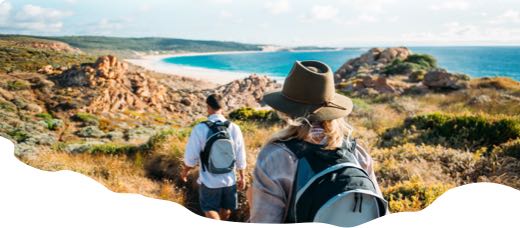
Setting off on an expedition through Western Australia's incredible network of trails guarantees excitement and exploration amid awe-inspiring natural scenery. Upholding good trail manners is imperative to preserve our trails and their surrounding environments for future generations. Whether you're an experienced adventurer or a fresh-faced explorer, respecting other trail users, prioritising safety, and sticking to good promises an unforgettable and safe journey. Here, we offer indispensable tips and guidance to enhance your trail adventures in WA.
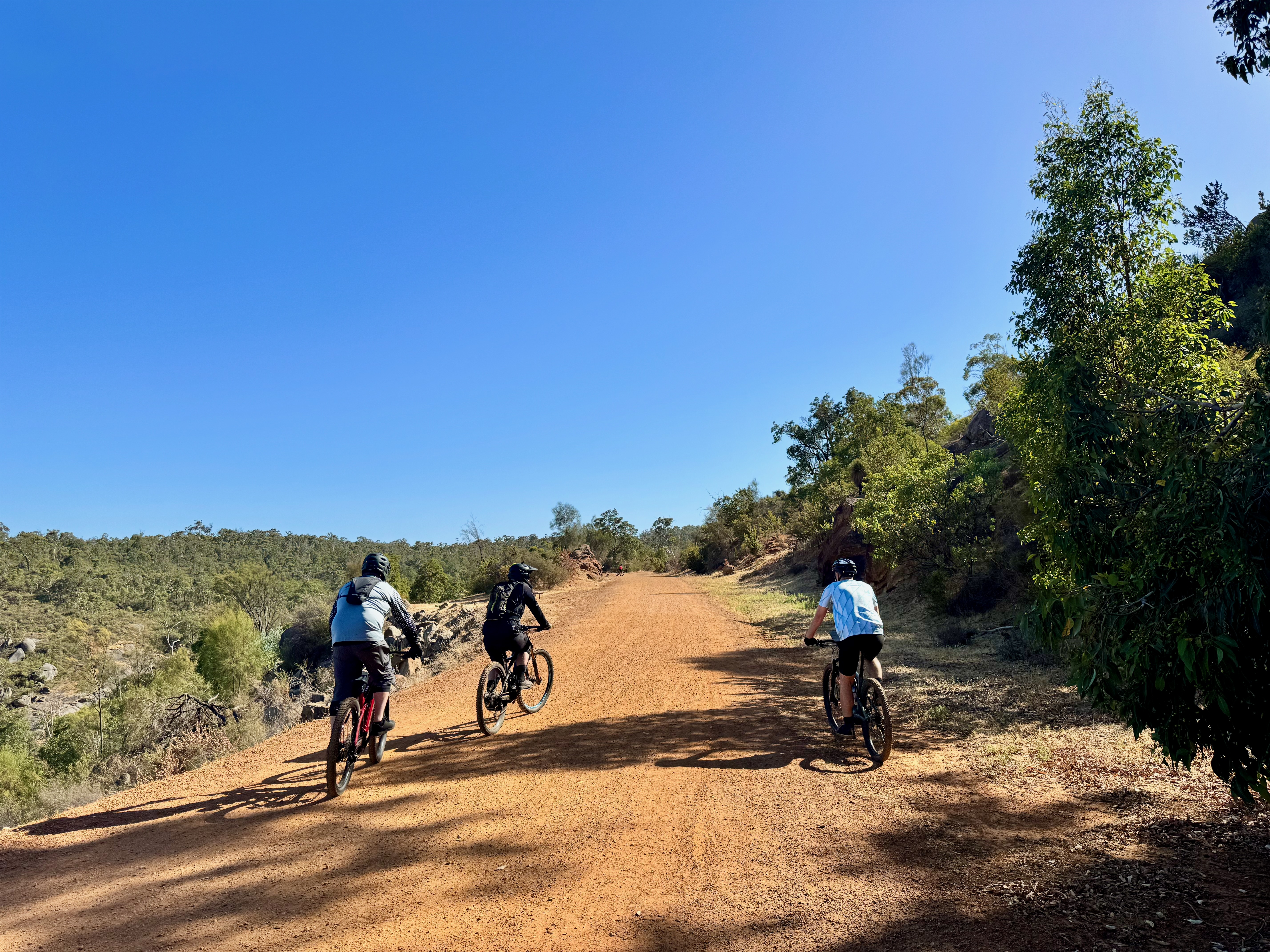
Safety First:
Western Australia can be a pretty wild place, and what’s more, the state is huge (over a third of the whole country!) so various factors in weather conditions, emergencies, and terrain can be extremely different depending on the location. Things can go sideways very quickly when on the trail if you are not adequately prepared. Start by acquainting yourself with Trails WA Trail Tips, which offer comprehensive safety tips to prepare you for the journey ahead. Additionally, equip yourself with the Emergency+ app, a valuable tool for summoning assistance with offline GPS location details and other essential features at your fingertips. Get familiar with DBCA (Department of Biodiversity, Conservation & Attractions) Park Alerts website and Emergency WA. Both provide real-time updates on state emergencies such as bushfires or floods, trail diversions, National Park closures and more.
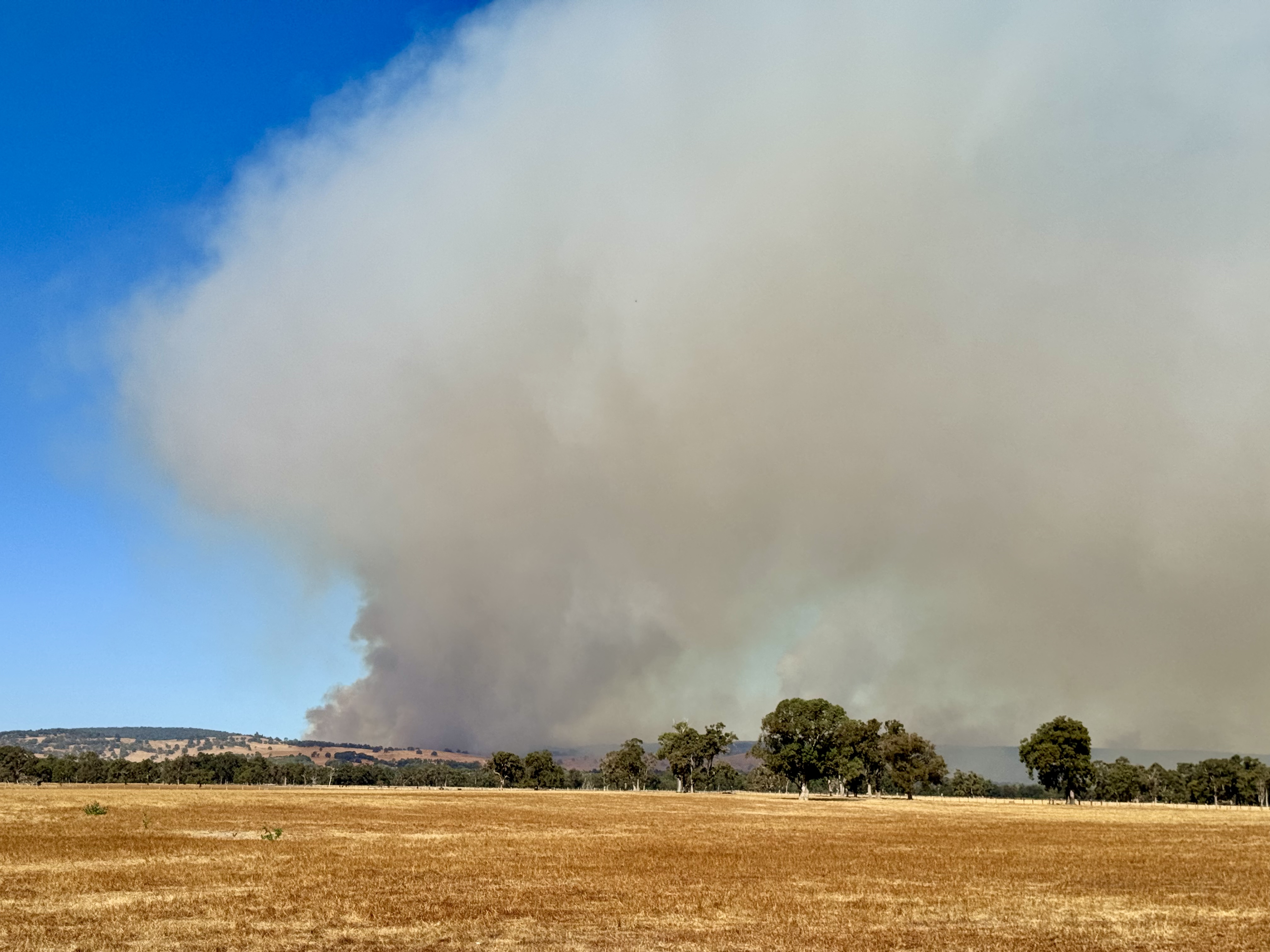
Finally, know your ability stick to trails that are within the capabilities of you and anybody accompanying you. Every trail on TrailsWA.com.au is rated Easy, Moderate or Difficult. Hiking and Mountain Biking Trails have their own classification system, these are reflected on each of the individual trail listings – try to get familiar with the classifications, you can view them both below:
WA Mountain Bike Classifications
WA Walking Trail Classifications
Sharing the trails:
Shared trails are quite common in Western Australia, the usual mix is walkers and cyclists – you’ll see this on most of the PSP (Principle Shared Path) Cycle Network around metropolitan Perth for example. Out in the bush, you’ll sometimes meet horse riders, trail bikers, mountain bikers or maybe even a kayaker (kindly point them to the nearest body of water if you do). First thing to note here? Be nice! Say hello, they are after all a fellow trail user and in some way, shape, or form, they are like-minded in their desire to be in nature or outside and have a little fun.
There are a few common guidelines to follow when sharing trails with the following groups:
Shared Horse Trails:
On shared horse trails, yield to horse riders, announce your approach, and stand clear to ensure safety. Remember horses are prey animals, so they will likely assume you are a threat. Stay calm and act human by engaging with the rider(s) – say hello! Cooperate with inquiries about your group's size if asked – this is just to ensure the rider knows what action they may need to take.
For Horse riders – be mindful that other trail users may not be comfortable or familiar and may even be fearful or horses. Please talk to them, tell them what they need to do in a courteous manner.
Shared Cycle & MTB Trails:
Unsurprisingly, as a cyclist you will likely be faster than any walker or horse rider on the trail, so overtaking with courtesy is key. If you’re gung-ho on keeping things light weight and have therefore forfeited your bicycle bell, no problem – just yell! Keep it simple, just yell “PASSING”, or ring your bell, slow down and always overtake on the right side.
Shared Trail Bike & 4WD Trails:
Some trails in WA will follow sections of Trail Bike & 4WD trails. The great news is, that most of the time you can hear them coming. The bad news is, electric is here, and its alarmingly quiet. For riders and hikers, be mindful of vehicles approaching, and note that you may need to move out of the way to let them pass if the terrain is challenging. For 4WD’ers and Trail Bikers – if you’re on a shared section, please take it easy and be mindful on blind corners. When passing those on foot, pedal or hoof, drive slowly – unprovoked dust baths are not fun.
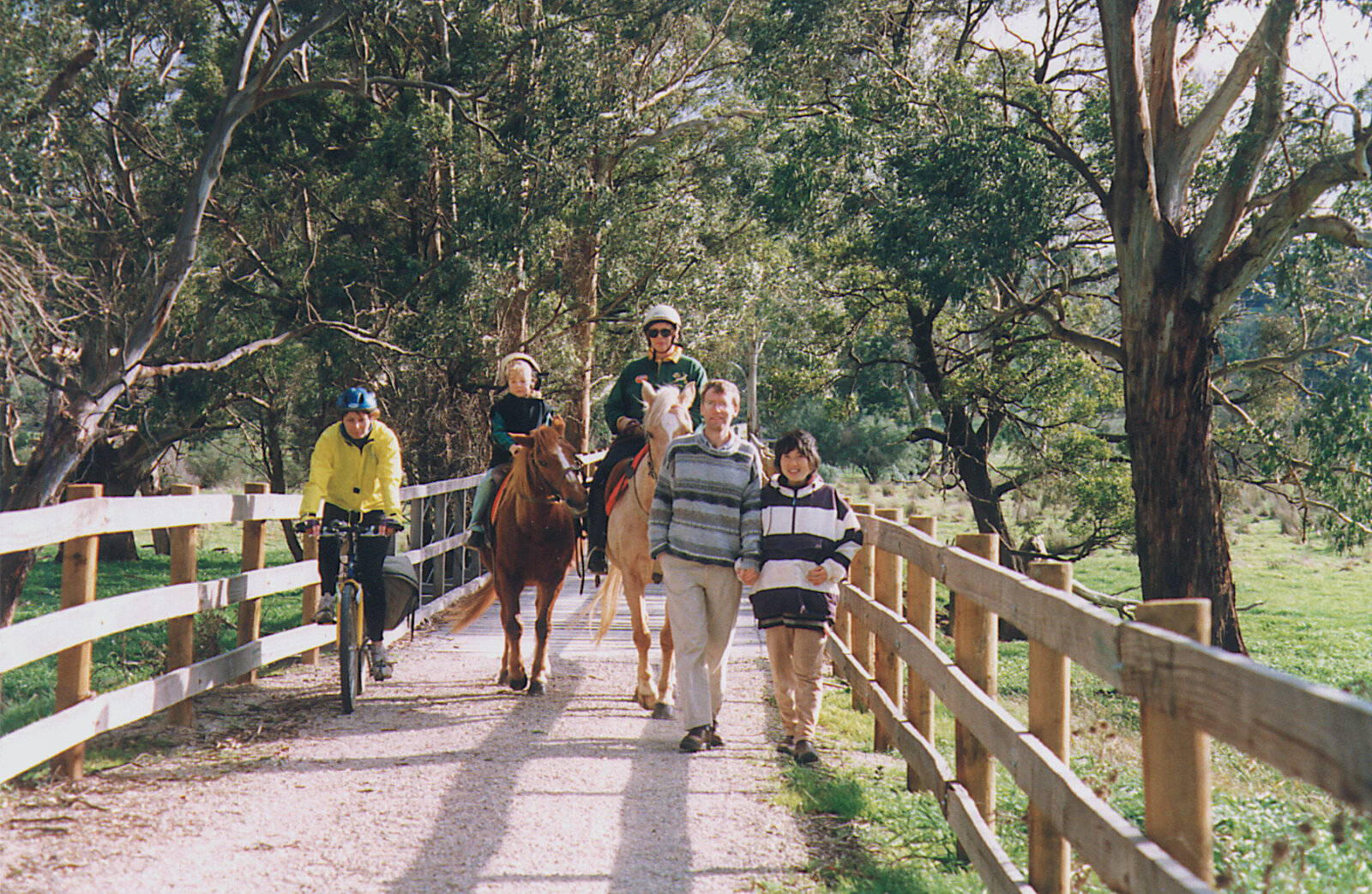
Image credit: Rail Trails Australia
Trail Etiquette:
Embracing and practicing good trail etiquette goes beyond mere rule-following; it reflects a deep respect for the environment, the trail infrastructure, and fellow outdoor enthusiasts. By fostering a culture of mindfulness and consideration during our trail activities, we lay the groundwork for future generations to appreciate and enjoy nature's beauty. As custodians of these landscapes, it is our responsibility to uphold these principles, ensuring that every trail experience is sustainable and rewarding. Before embarking on your next outdoor excursion, let's explore some practical steps to enhance your trail adventures and support the preservation of our natural heritage.
Practicing good trail etiquette is not just about following rules: it is about cultivating a deep respect for the environment, the trail and the people on the trail. Good trail etiquette ensures all trail users can all have a pleasant and safe trail experience, which continues to flow into generations to come. Here’s some simple steps to take on when heading out on your next adventure:
- Know before you go! Make sure you have done some research on the trail or trails you are visiting on prior to leaving. Check for closures, diversions and emergencies, National Park Fees (if applicable), and any rules or regulations around pets, campfires, camping or restricted areas.
- Stay on marked trails – we do not blaze our own trails here in WA, it’s damaging to the environment and can be unsafe.
- Practice Leave No Trace Principles, ensuring minimal impact on the environment.
- Yield to uphill traffic.
- Maintain a slow speed when passing others, and always pass on the right.
- Keep pets under control and adhere to local rules regarding their presence on trails.
- Respect places of Aboriginal significance and the natural environment, including wildlife and flora.
- Respect and protect the outdoor experience for all trail users, regardless of their chosen mode of exploration.
- Be courteous to fellow adventurers, acknowledging everyone's right to enjoy their adventure.
- Foster a friendly atmosphere by greeting fellow trail users and helping when needed.
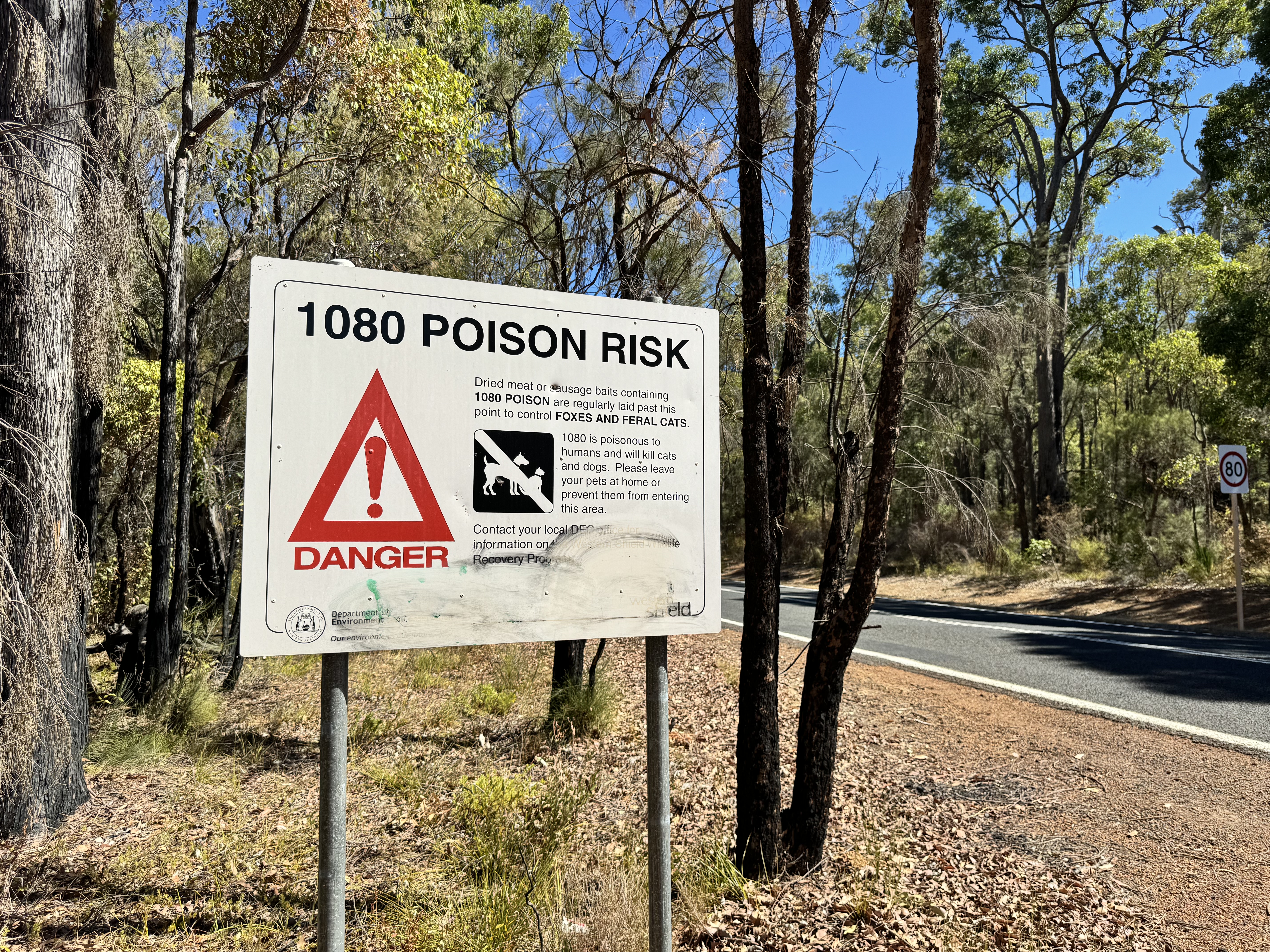
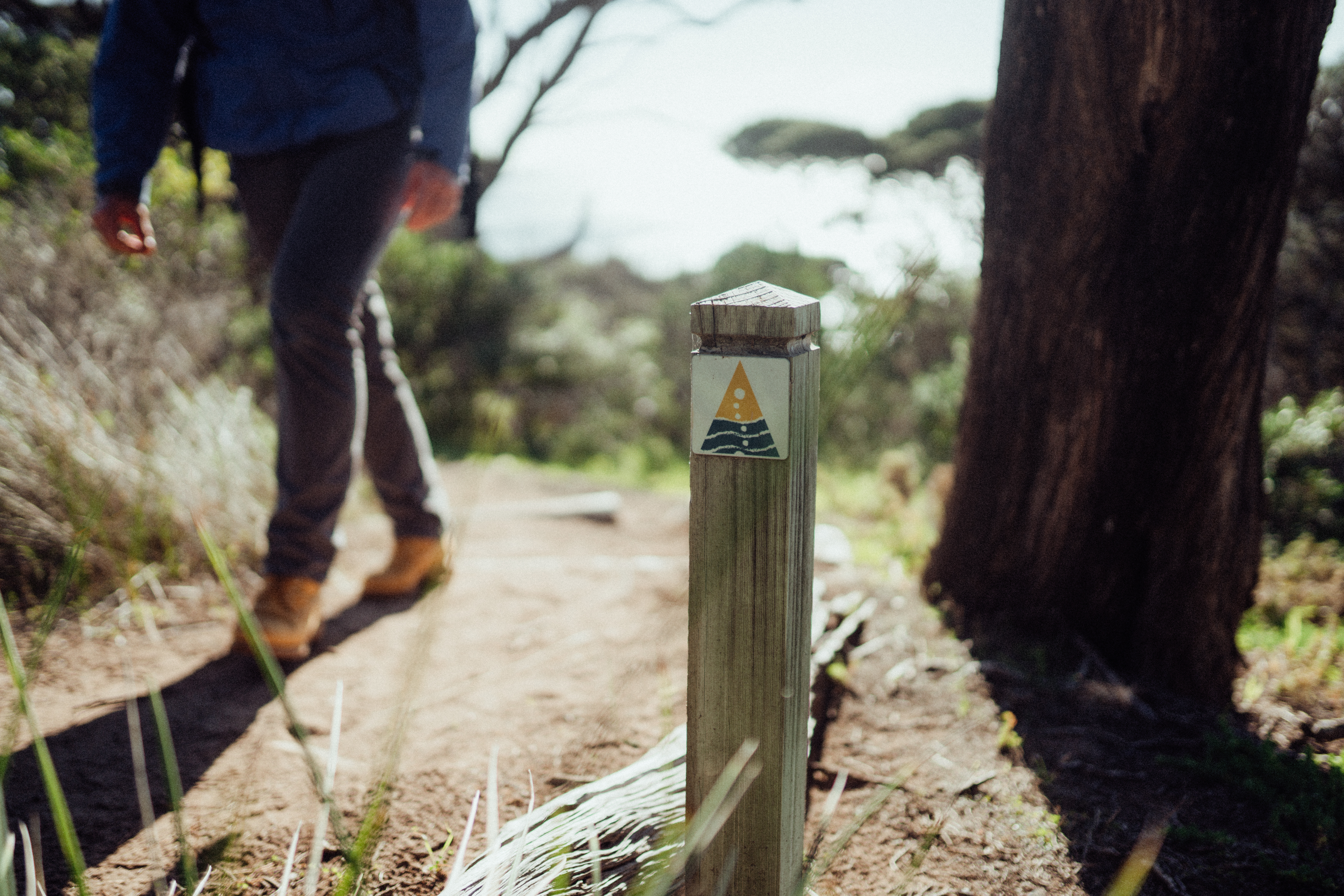
More information:
Trails WA | Trail Tips:
On this page you’ll find comprehensive safety and information on all trail types as well as some handy links to know about before heading out on trail.
TrailsWA.com.au
Trails WA is the premier source of sanctioned trail information across the state of Western Australia. On each of the trail listings on the website, you’ll find detailed information including current alerts and closures, regulations surrounding the trail and/or surrounding Park, trail classifications, suggested items to take, nearest facilities, handy links and more.
Always scroll down to the ‘Trail Ready’ section at the bottom of each listing.

